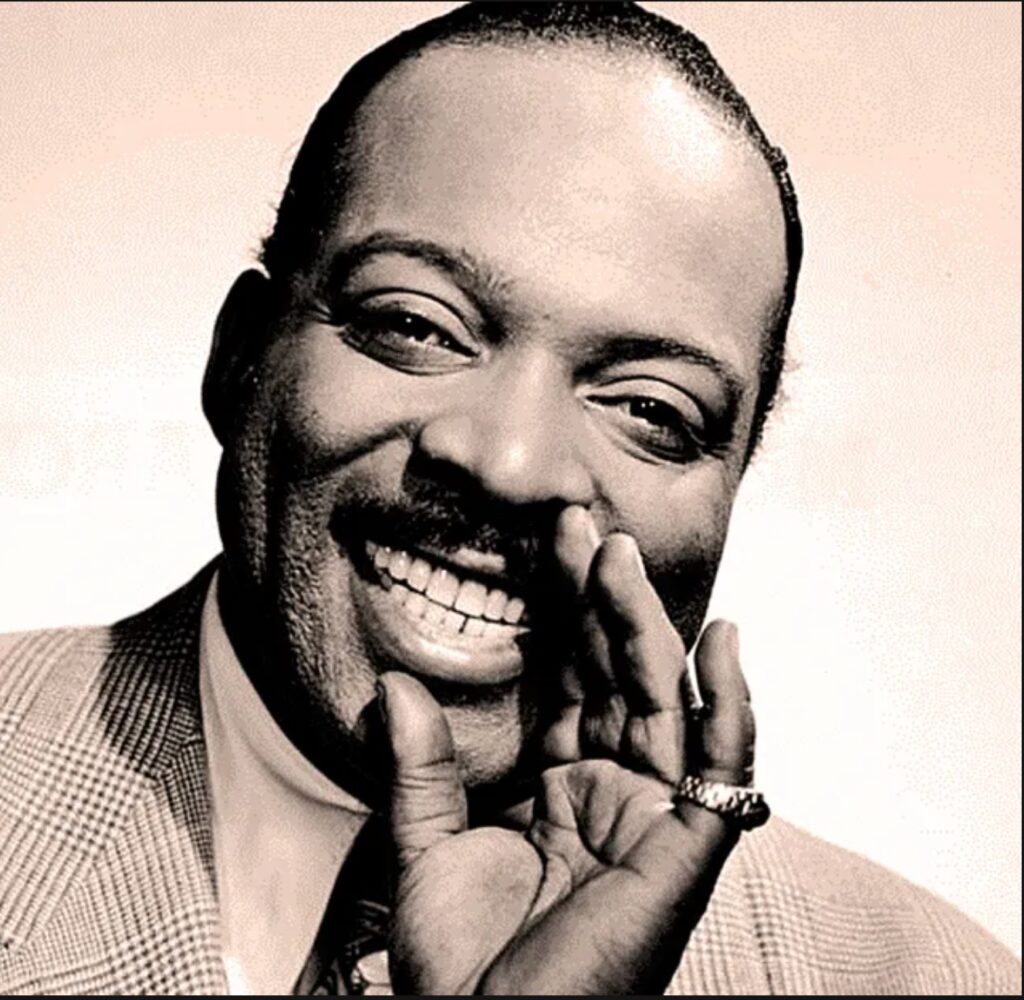Who were Duke Ellington and Count Basie?
Duke Ellington (Edward Kennedy Ellington) was an American pianist. He is recognized as the greatest jazz composer and bandleader of his time. During his time, he led his own big band (jazz music that usually consists of ten or more musicians with four sections: saxophones, trumpets, trombones, and a rhythm section).

Count Basie (William James Basie) was an American jazz musician known for merging jazz and blues sounds, which soon became known as swing music. “Basie changed the jazz landscape and shaped mid-20th century popular music, duly earning the title ‘King of Swing’ because he made the world want to dance.”

“Satin Doll” by Duke Ellington
- Builds of tension are present within the beginning and middle of the piece. 0:06 – 0:09 one can hear the tension build, then the drums come in and are used as a signifier. Within the semi-middle, the tempo slows down, and there is a change of pitch that then lets listeners know there is another part to be heard (0:28 – 1:00 + 1:05 – 1:30).
- Ellington begins with a soft 3-count arpeggio that repeats 3 times, before the increase in pitch (0:00 – 0:07).
- The beginning notes are repeated within the middle of the piece but have changed in pitch (2:33 – 2:40).
- When Ellington switches tempos or lowers his pitch, is his way of relaying a different emotion. Reading the lyrics, he is speaking about approaching a woman in a seductive manner. Though he doesn’t want her to think too much of it because this woman is not his only one. This would explain the soft sounds throughout the piece. As if he and this woman were taking a walk around the city with no worries or strings attached.
“Gone With ‘What’ Wind” by Count Basie
- Tension is built at the beginning with a low pitch. Though it’s only for two counts before the tempo increases (0:00 – 0:05).
- Basie’s piece has elements of ragtime, due to the high notes of the piano’s repeating notes (syncopation) –> 0:09 – 0:14
- 0:28 – 0:35 has repetition but in three different tone forms.
- 0:38 a trumpet or trombone is brought into the piece that gives those effects as if one is hearing gusts of wind.
- To expand on this wind sound of either the trumpet or trombone, it also goes within a circle it feels like with its pitch as it rises and then lowers (1:52 – 2:00).
- As one listens to the lyrics, it’s a ballad about how Ella Fitsgerald’s love has flown away into the wind. The feelings were there though they were swept up by the wind (no contact from the love interest).
- Overall, an upbeat sound throughout the song.
Comparisons of Ellington and Basie’s pieces:
- Both pieces incorporated syncopation and the draw-in of going from a high-pitched tempo to a low-pitched tempo
- Riffs are incorporated as both Ellington and Basie play the piano as well as members of their band’s
- Refrains are the repeated notes that happened in both; Ellington within the 0:06 – 0:09 and 2:33 – 2:40
Sources
“Biography.” Biography – Count Basie, https://countbasie.rutgers.edu/biography/.
“Count Basie.” Encyclopædia Britannica, Encyclopædia Britannica, Inc., https://www.britannica.com/biography/Count-Basie.
“Duke Ellington.” Encyclopædia Britannica, Encyclopædia Britannica, Inc., https://www.britannica.com/biography/Duke-Ellington.

